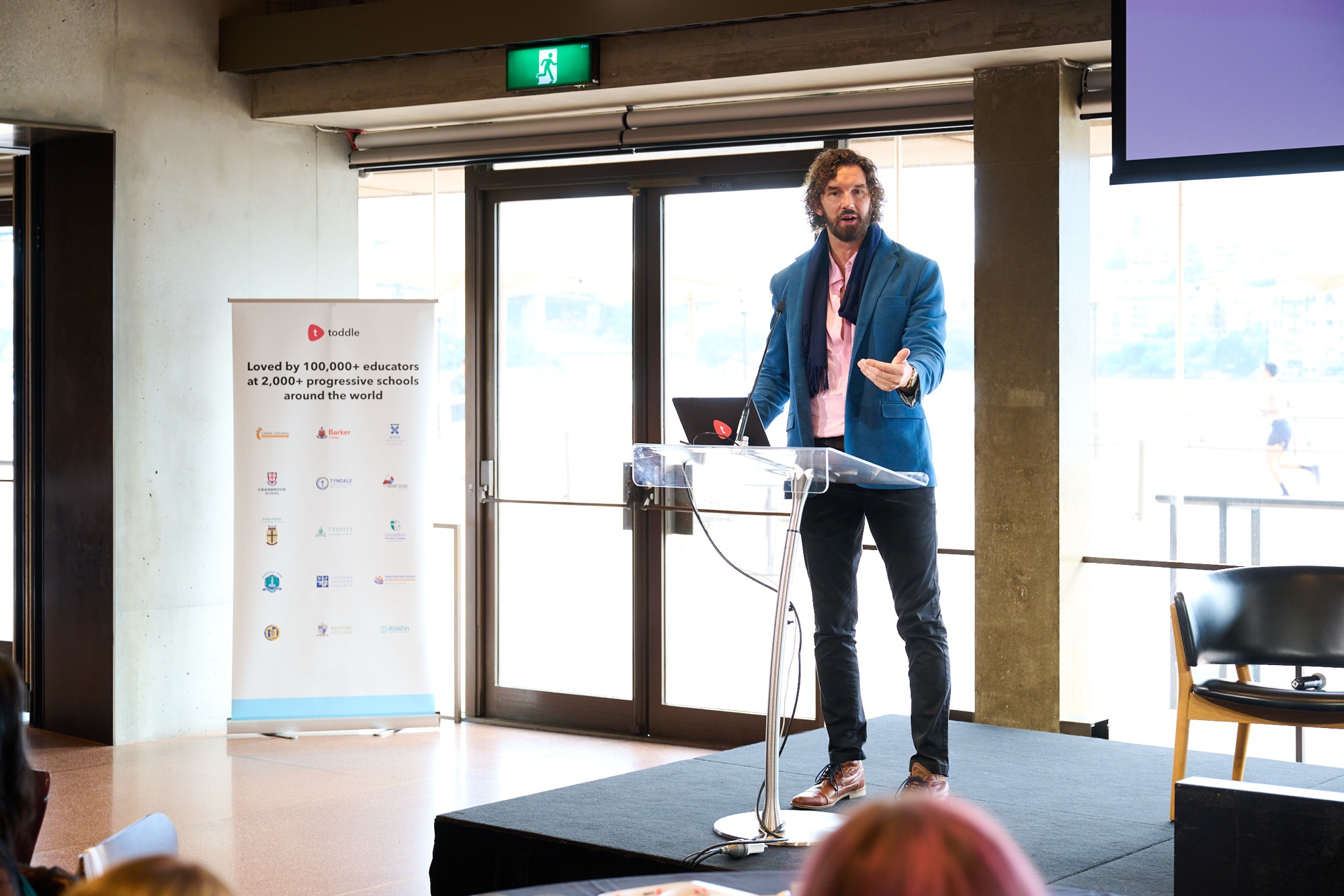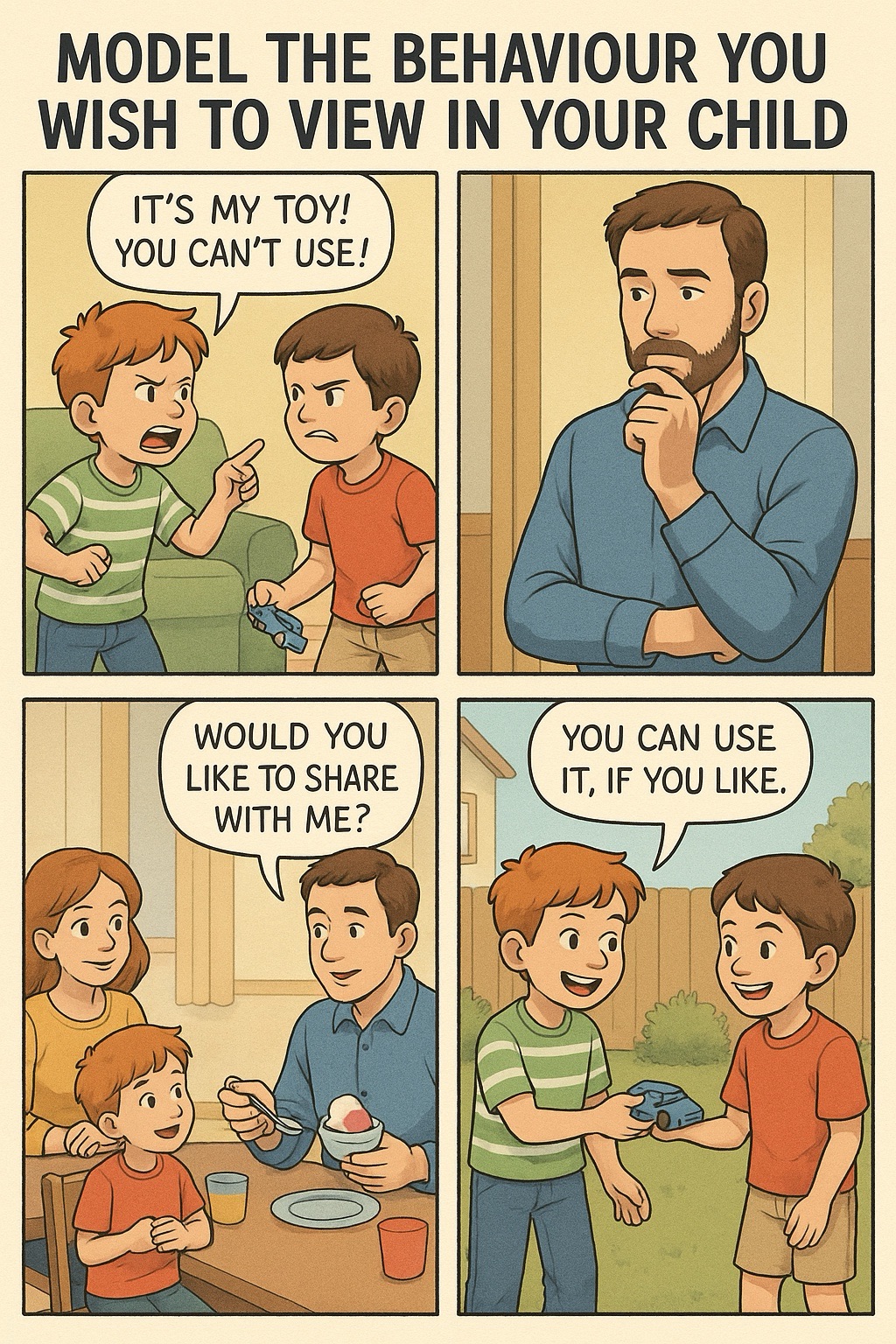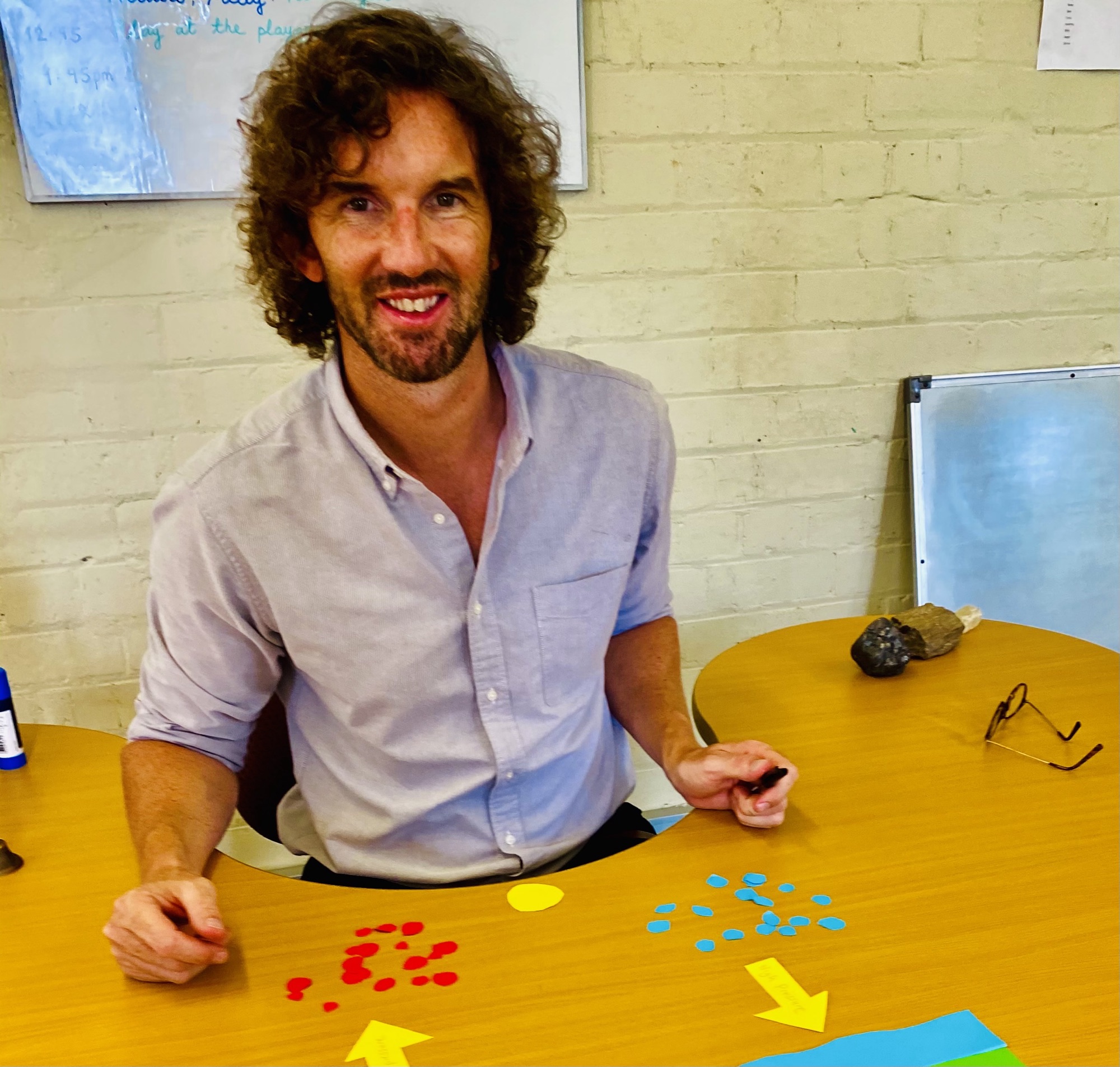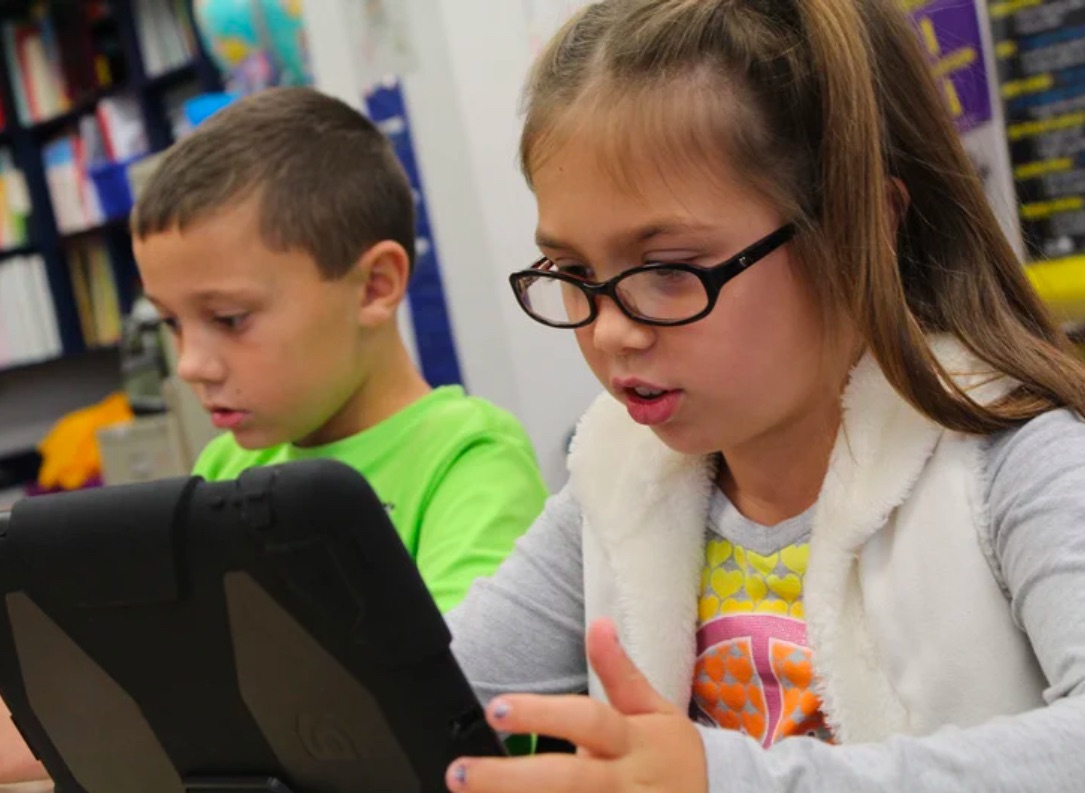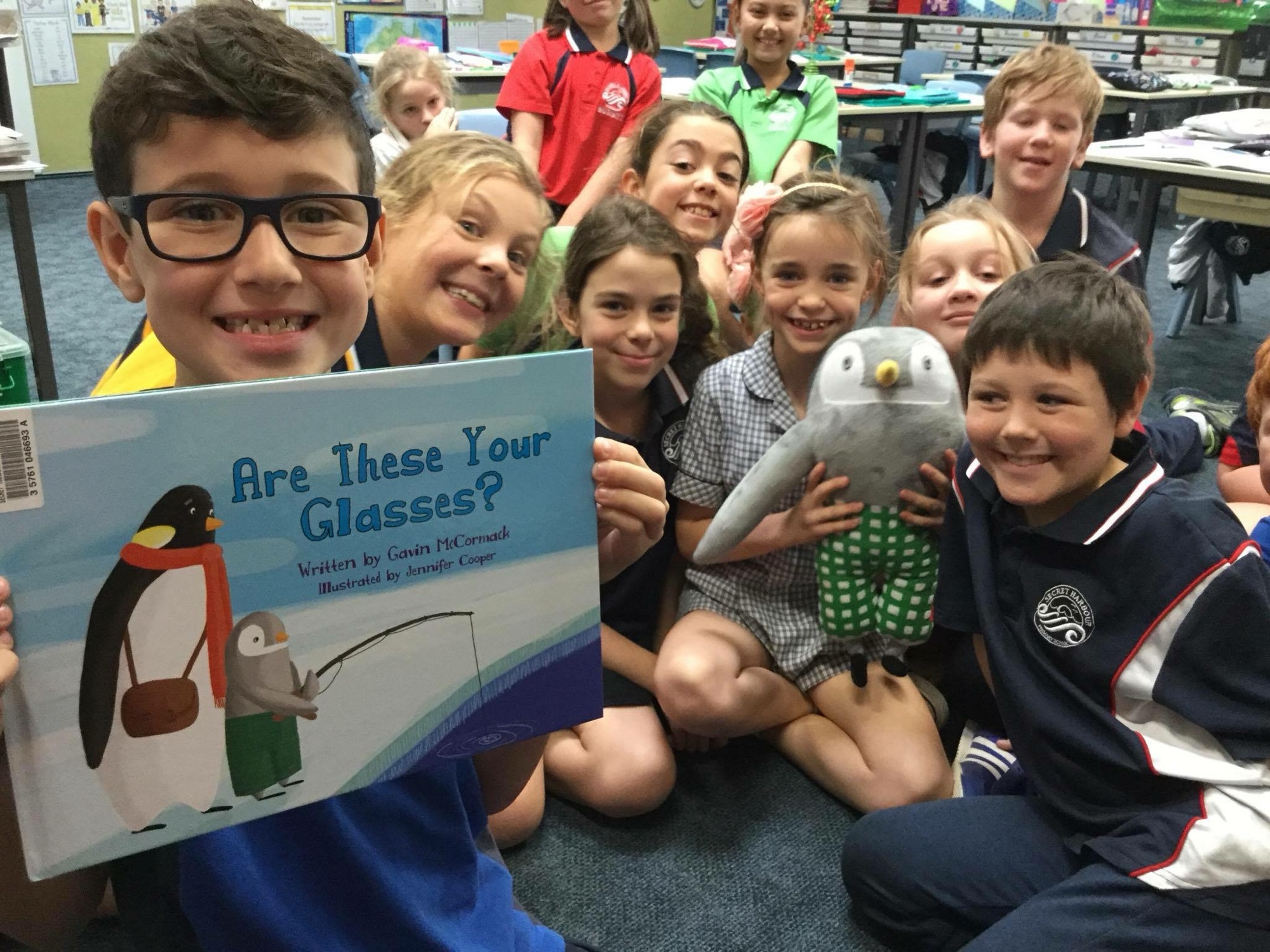A global, neuroscience-backed look at why isolating children does more harm than good.
Detention. It’s one of the oldest tools in the behavioural toolkit—keeping children in at lunch, holding them back after school, or making them sit alone while others play.
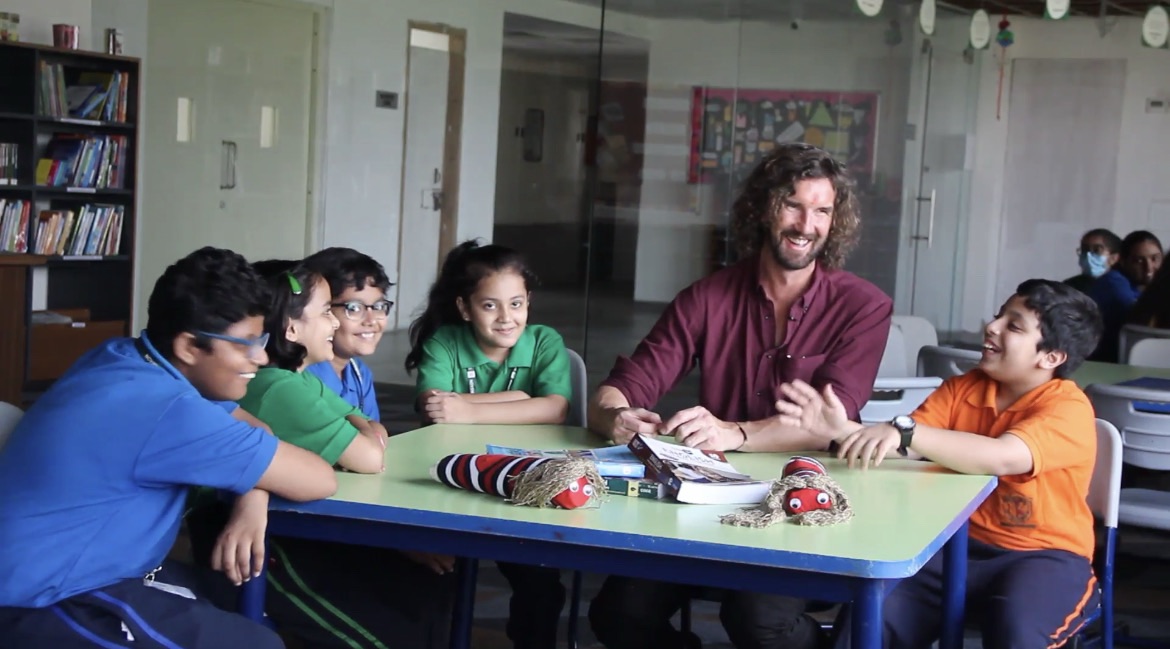
But here’s the truth: detention addresses the behaviour, not the cause—and it fails the brain, the child, and the learning opportunity.
And despite everything we now know about how children’s brains work, detention is still widely used around the world:
Over 90% of public schools in the UK and USA still use detention as a primary response to misbehaviour. In Australia, detentions are issued without parental consent during break times in most state and independent schools. In countries like India, Pakistan, and Bangladesh, the practice is common and often informal, with little regulation or alternative frameworks. Only a few countries—such as Finland and parts of Scandinavia—have largely moved away from punitive models, focusing instead on trust, well-being, and co-regulation.
So What Actually Happens When We Use Detention?
Let’s walk through the steps—not from a behavioural lens, but from a neurological one:
Step 1: The Behaviour
A child misbehaves—shouting, defying, disrupting.
But it’s usually not defiance. It’s dysregulation—a brain in distress, struggling to cope with internal or external challenges.
Step 2: The Punishment
The child is given detention—isolated from their peers, held back from connection and play.
The message they receive: “You’re not worthy of being with us until you behave better.”
Step 3: The Brain Detects a Threat
The amygdala perceives this social rejection as danger.
This activates the fight, flight, or freeze response—survival mode—not reflection, not learning.
Step 4: Cortisol Floods the System
Stress levels rise. The hippocampus—key for memory and learning—begins to shut down.
The very brain system needed for reflection becomes less effective.
Step 5: The Prefrontal Cortex Goes Offline
The prefrontal cortex, which manages logic, reasoning, and self-control, is overridden by stress.
The child literally cannot “think about what they’ve done” in this state.
Step 6: Shame and Loneliness Take Hold
Repeated detentions foster feelings of rejection, unworthiness, and shame.
Neurological studies show that prolonged loneliness shrinks the amygdala and prefrontal cortex—the very areas needed for growth, regulation, and empathy.
Step 7: The Behaviour Worsens
Instead of learning from the experience, the child internalises a different belief:
“I’m the problem.”
Misbehaviour often escalates, relationships break down, and self-worth deteriorates.
So Why Is It Still Used?
Because it’s easy. It’s immediate. And it’s familiar.
But familiarity doesn’t make it effective. And ease doesn’t make it right.
The research is clear: detention has no significant long-term effect on reducing misbehaviour.
What it does impact? Relationships. Wellbeing. Trust. And ultimately, the child’s self-perception.
The Alternative: Connection Over Correction
We need to replace isolation with inclusion. Replace silence with conversation.
Instead of asking “How do I control this child?”, we ask: “What does this child need right now to thrive?”
Use restorative practices that invite children to repair, not retreat. Offer co-regulation—sitting with the child, not above them. Model the very behaviour we hope to see: compassion, calm, and curiosity.
Because the child who needs connection most will rarely ask for it in the most loveable ways.
Let’s not confuse punishment with progress.
Real discipline isn’t about compliance—it’s about growth.
References
Detention has no significant impact on long-term behaviour: Gregory, A., Clawson, K., Davis, A., & Gerewitz, J. (2016). The promise of restorative practices to transform teacher-student relationships and achieve equity in school discipline. Journal of Educational and Psychological Consultation, 26(4), 325–353. https://doi.org/10.1080/10474412.2014.929950 Loneliness reduces volume and function in key brain areas (amygdala and prefrontal cortex): Kanai, R., Bahrami, B., Duchaine, B., Janik, A., & Rees, G. (2012). Brain structure links loneliness to social perception. Current Biology, 22(20), 1975–1979. https://doi.org/10.1016/j.cub.2012.08.045 Cortisol impairs hippocampal functioning, affecting memory and learning: Lupien, S. J., McEwen, B. S., Gunnar, M. R., & Heim, C. (2009). Effects of stress throughout the lifespan on the brain, behaviour and cognition. Nature Reviews Neuroscience, 10(6), 434–445. https://doi.org/10.1038/nrn2639 Stress inhibits access to the prefrontal cortex (logical thinking): Arnsten, A. F. T. (2009). Stress signalling pathways that impair prefrontal cortex structure and function. Nature Reviews Neuroscience, 10(6), 410–422. https://doi.org/10.1038/nrn2648 Social rejection triggers the same brain areas as physical pain: Eisenberger, N. I., Lieberman, M. D., & Williams, K. D. (2003). Does rejection hurt? An fMRI study of social exclusion. Science, 302(5643), 290–292. https://doi.org/10.1126/science.1089134 Prevalence of detention in global education systems: UK Government. (2023). Behaviour and discipline in schools: Advice for headteachers and school staff. Department for Education. https://www.gov.uk/government/publications/behaviour-in-schools–2 New South Wales Department of Education (Australia). (2022). Student discipline in NSW public schools policy. https://education.nsw.gov.au/policy-library/policies/student-discipline-in-nsw-public-schools-policy American Psychological Association. (2008). Are zero-tolerance policies effective in the schools? An evidentiary review and recommendations. https://www.apa.org/pubs/info/reports/zero-tolerance.pdf Restorative practices improve behaviour and relationships: Acosta, J., Chinman, M., Ebener, P., Malone, P. S., Phillips, A., & Wilks, A. (2019). A clusterrandomized trial of restorative practices: An affective approach to reducing discipline disparities and improving climate in middle schools. Journal of Educational Psychology, 111(5), 854–872. https://doi.org/10.1037/edu0000305


